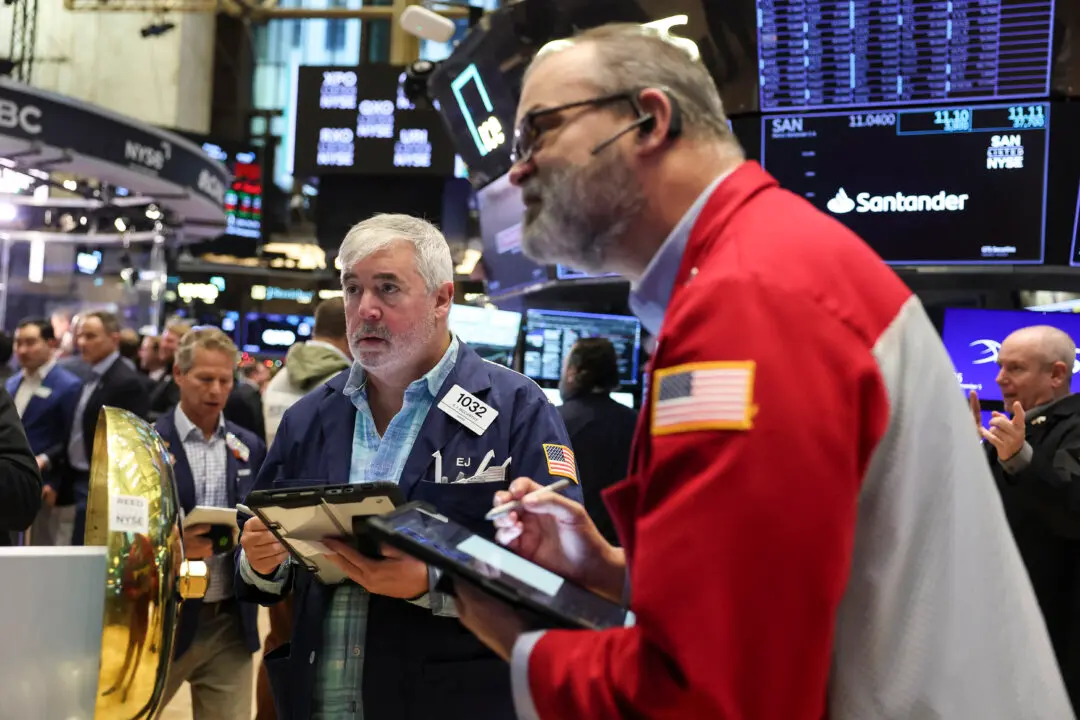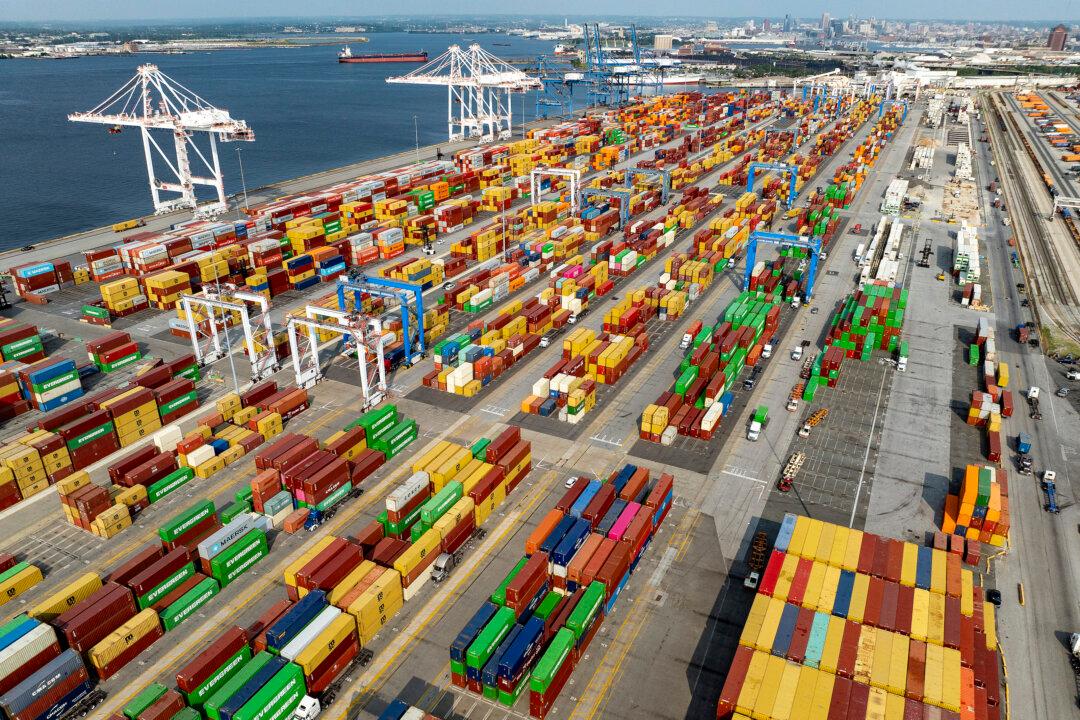Eurozone banks have fallen dramatically in the stock market, despite the results of the stress tests carried out by the European Central Bank, and the EU Banks Index is down 25 percent on the year, despite year-long bullish recommendations from almost every broker. This should not surprise anyone, because we have seen that these tests are only a theoretical exercise.
Moreover, stress tests’ results are widely challenged, and rightly so, because the exercise starts with the most ridiculous premise in economics: ceteris paribus, or “all else remaining equal,” which never happens. Every asset manager knows that risk builds slowly and happens fast.





